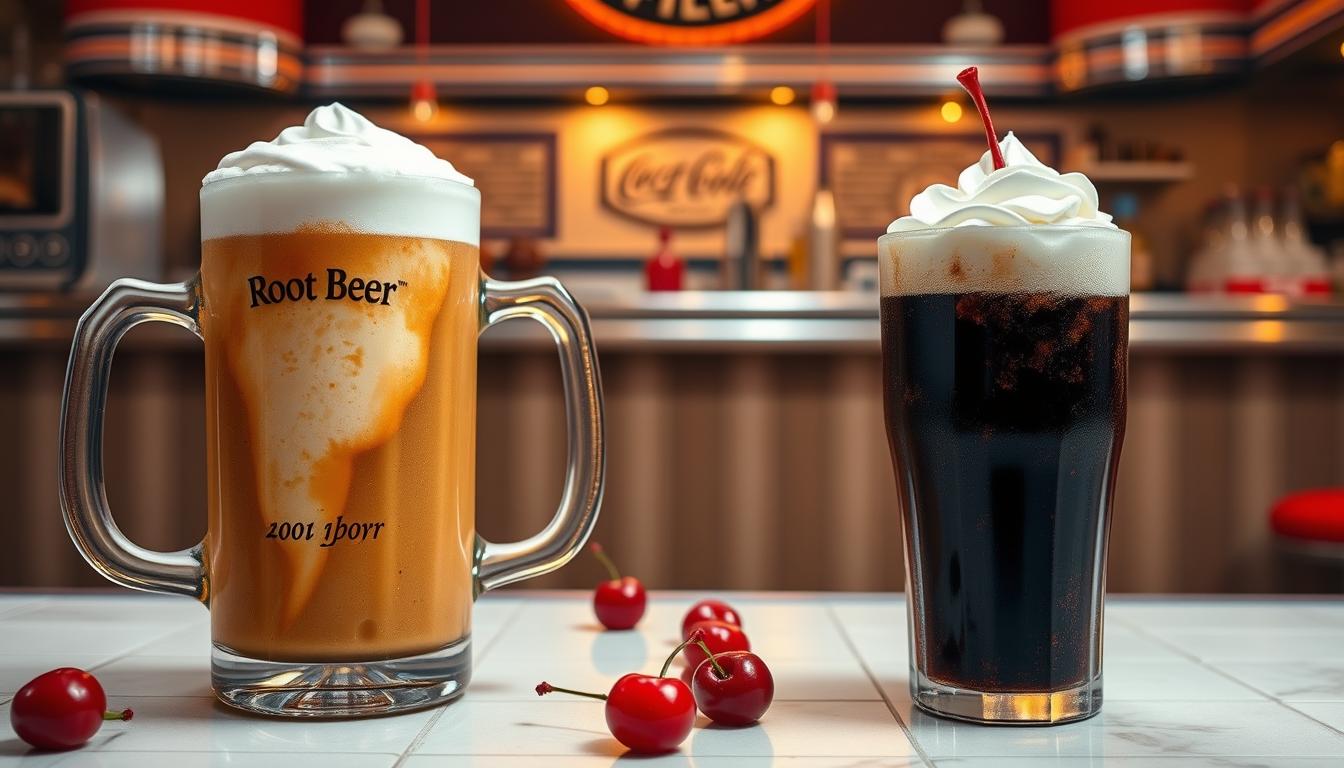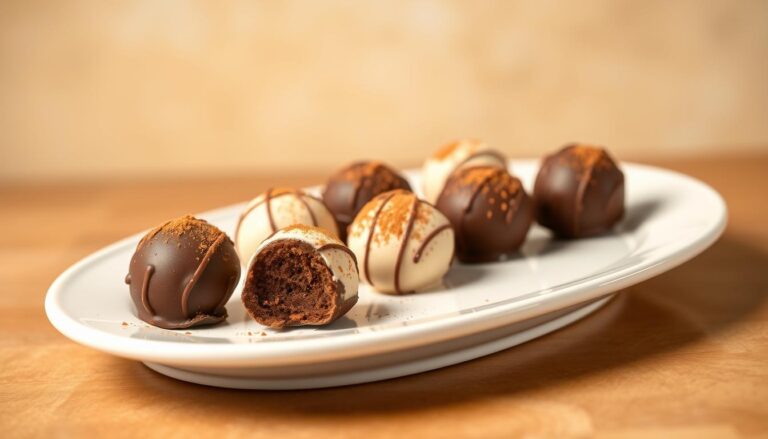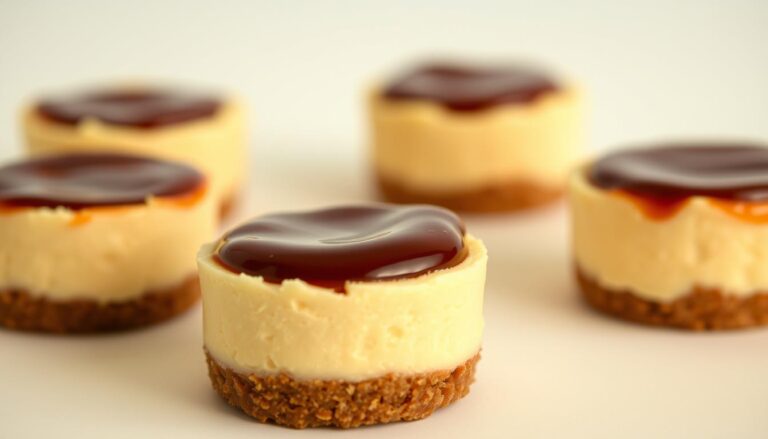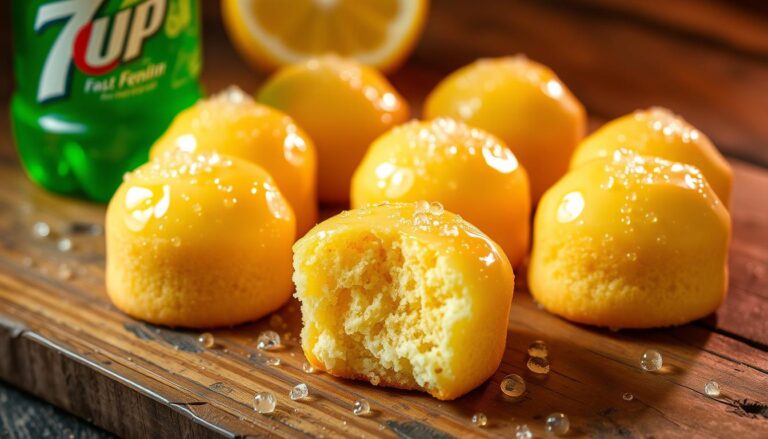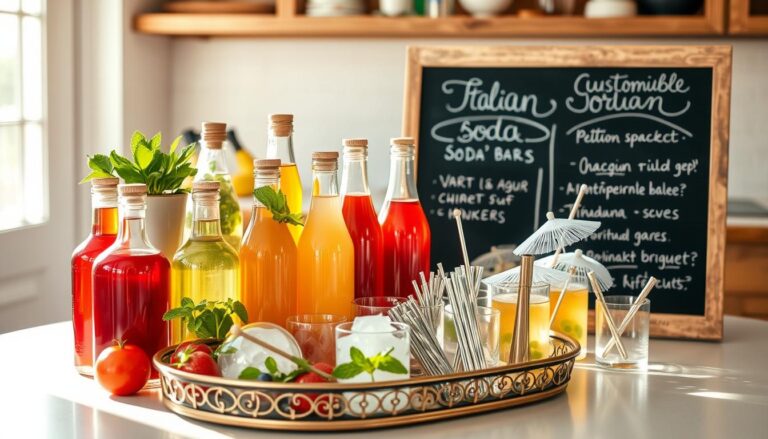Root Beer vs. Coke Float
What’s your take in the old root beer vs coke float dilema? Could one frosty dessert truly outshine the other in flavor and nostalgia?
Both treats blend creamy vanilla ice cream with fizzy beverages, but their contrasting personalities make them stars of diner menus and backyard gatherings alike.
The root beer version offers earthy, herbal notes that mingle with sweet foam, while the cola-based float leans into caramel richness balanced by sharp carbonation.
These desserts aren’t just about taste, they’re slices of Americana, each with decades of history shaping their popularity.
You’ll explore how texture differences, ingredient choices, and serving styles create distinct experiences.
Whether you crave bold spices or smooth sweetness, understanding these details helps you pick your perfect match, or appreciate both for their unique charms.
Key Takeaways
- Discover how flavor profiles differ between herbal root beer and caramel-forward cola floats.
- Learn why texture plays a crucial role in each dessert’s appeal.
- Explore the cultural history behind these classic American treats.
- Find out which float pairs best with specific occasions or cravings.
- Get tips for choosing between tradition and modern twists.
Coke Float vs. Root Beer Float: The Head-to-Head Showdown
Here’s a side-by-side recipe so you can prepare both a Coke Float and a Root Beer Float at home, compare them, and crown your own champion.
Ingredients (for each float — makes 1 serving)
Coke Float
- 2 scoops (about 100 g) vanilla ice cream (full-fat for creaminess)
- 240 ml (1 cup) ice-cold Coca-Cola
- Whipped cream (optional, for topping)
Root Beer Float
- 2 scoops (about 100 g) vanilla ice cream
- 240 ml (1 cup) ice-cold root beer (good quality, strong vanilla notes)
- Whipped cream (optional, for topping)
Equipment Needed
- Tall 12–16 oz glass (one for each float)
- Ice cream scoop
- Long spoon or straw
Preparation Steps (applies to both)
- Chill the Glasses
Place your glasses in the freezer for 10–15 minutes before making the floats. This keeps them colder and helps prevent ice cream meltdown. - Scoop the Ice Cream
Add 2 scoops (about 100 g) of vanilla ice cream into each chilled glass. - Pour the Soda Slowly
Tilt the glass slightly and slowly pour 240 ml of soda over the ice cream to minimize foam overflow. For the Coke Float, use Coca-Cola; for the Root Beer Float, use your favorite kind of root beer. - Optional Garnish
Top with a swirl of whipped cream if desired. - Serve Immediately
Insert a straw and/or long spoon. Taste both while cold and fizzy for the best comparison.
Tasting Notes to Compare
- Coke Float: Sweeter, caramel-forward flavor; slightly sharper fizz.
- Root Beer Float: Creamier, with warm vanilla and spice undertones; foam is thicker.
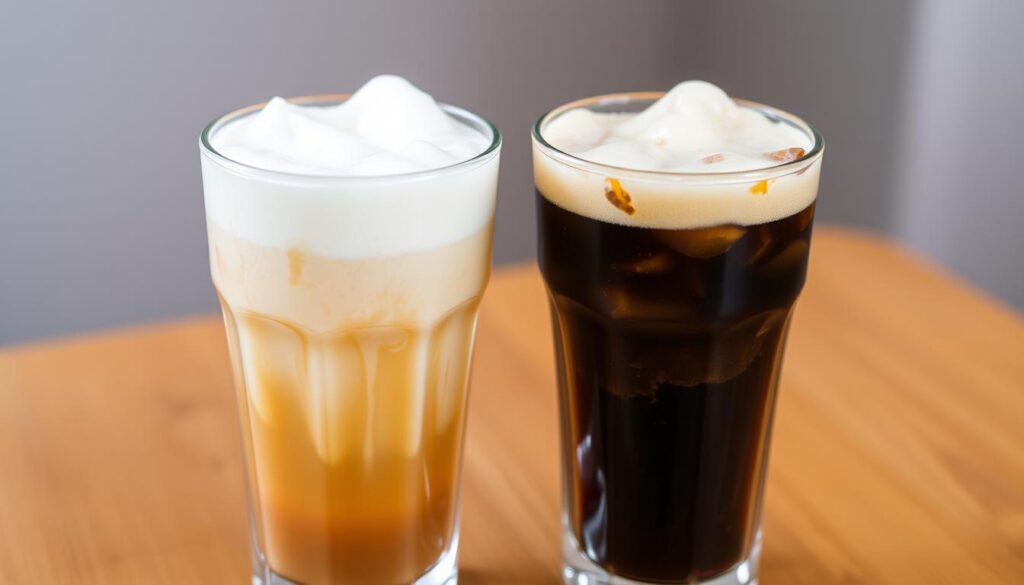
Root Beer vs Coke Float: A Comparative Overview
Choosing between these frosty classics isn’t just about preference, it’s about how each treat engages your senses.
Let’s break down what makes them distinct, from first sip to last spoonful.
Taste and Texture Differences
The herbal blend in root beer floats whispers of vanilla and spices.
These flavors melt into the ice cream, creating a unified, velvety sip. Lower fizz levels let the cream soften smoothly, like a cozy dessert hug.
Cola-based versions deliver a bold contrast. Sharp citrus notes cut through the sweetness, while lively bubbles create a fizzy crown.
The first pour generates dramatic foam that crackles on your tongue.
| Feature | Root Beer Float | Coke Float |
|---|---|---|
| Dominant Flavors | Vanilla, wintergreen, sassafras | Caramel, citrus, cinnamon |
| Foam Texture | Silky, slow-forming | Bubbly, quick-rising |
| Sweetness Level | Rich dessert-like | Crisp & refreshing |
| Best For | After-dinner indulgence | Midday pick-me-up |
Sweetness levels split these treats too.
Root beer blends often taste richer, almost like liquid candy. Cola keeps some tartness, balancing the sugar rush.
As you enjoy them, notice how they change. The herbal version grows creamier as it melts. The citrus one stays lively, with bubbles dancing until the end.
Flavor Profiles and Ingredient Insights
The magic of a great float lives in its ingredients. Whether you prefer herbal complexity or bold contrasts, each element works together to create that iconic taste.
Let’s unpack what makes these desserts sing.
Root Beer’s Secret Symphony
Traditional root beer blends sassafras, wintergreen, and honey with real vanilla extract.
Quality brands let these spices dance with creamy sweetness instead of overpowering it. Natural vanilla in both the soda and ice cream creates a harmonious flavor bridge.
Cola’s Balancing Act
A perfect cola float needs chilled soda to slow melting. The caramel and citrus notes clash playfully with rich vanilla ice cream.
Choose ice cream with higher butterfat to stand up to the cola’s sharpness.
The Vanilla Advantage
Vanilla ice cream isn’t just a base, it’s a flavor amplifier. It softens root beer’s herbal edges while highlighting cola’s hidden vanilla tones.
Premium brands with real bean specks add depth you can taste.
Your choice ultimately depends on craving: cozy harmony or lively contrast. Both prove that simple ingredients can create something extraordinary.
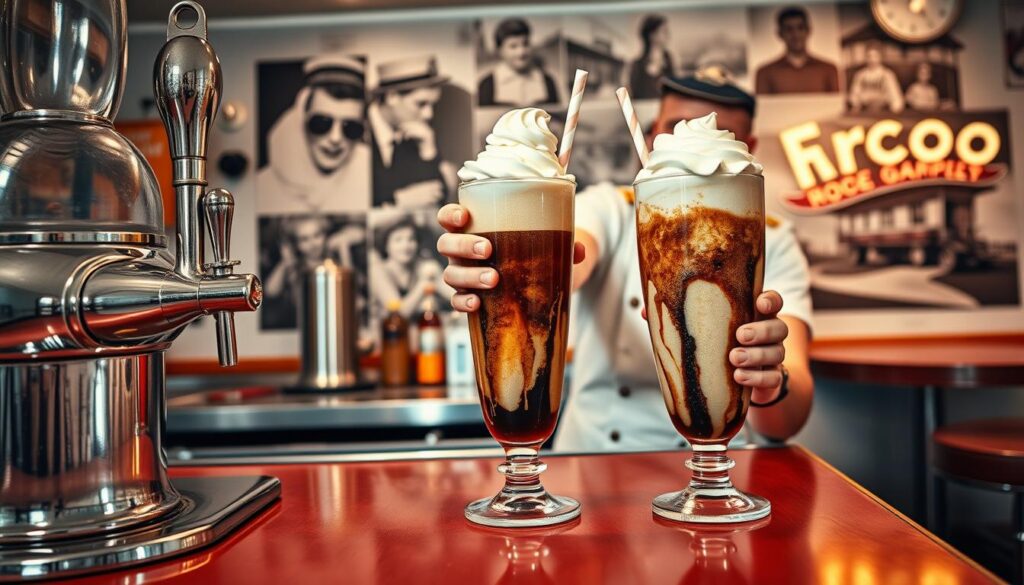
History and Origins of Ice Cream Floats
It all started with a sweltering day and a clever vendor’s quick thinking. In 1874 Philadelphia, Robert M.
Green faced a problem that would spark a dessert revolution.
His flavored drinks were losing their chill during the Franklin Institute’s busy celebration, until he swapped ice for vanilla ice cream from a nearby cart.
Early Beginnings in Philadelphia
Green’s improvisation created the first ice cream float, blending soda with creamy sweetness. But this wasn’t just luck.
He strategically aimed to outshine a rival soda fountain by offering 16 flavored syrups alongside his creation.
Customers loved customizing their treats, making his stand the talk of the event.
The invention meant so much to Green that he had “Originator of the Ice Cream Soda” carved on his tombstone.
Yet debates over its true origin persist.
At least three others, including his own employee, claimed credit, showing how quickly the idea spread.
The Role of Soda Fountains in American Culture
By the late 1800s, soda fountains became social hubs where friends gathered over floats.
These spots weren’t just about the drink, they shaped communities. Pharmacies added fountains to attract customers, turning ice cream sodas into everyday indulgences.
Over the years, floats evolved from novelty to tradition. They’re now woven into summer memories, backyard parties, and retro diner menus.
Whether you prefer classic soda or modern twists, each sip carries a fizzy piece of history.
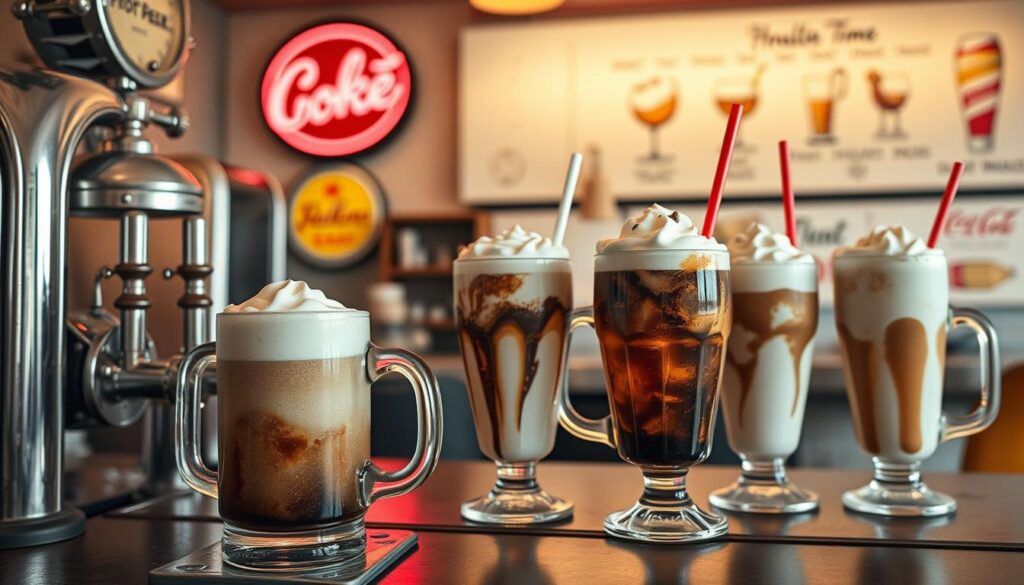
The Evolution of Root Beer and Coke Floats
What began as a late-night inspiration became a nationwide sensation in the world of fizzy desserts.
Two distinct traditions emerged from the original ice cream soda concept, each carving its path through American food history.
Let’s explore how these creamy creations developed their unique identities.
Invention of the Root Beer Float
Frank J. Wisner changed dessert history on August 19, 1893.
While running Cripple Creek Brewing in Colorado, he envisioned moonlight reflecting on snow-capped mountains, inspiring him to top sassafras-based soda with vanilla ice cream.
This “black cow” quickly became a staple at soda fountains.
A&W Restaurants later standardized the drink, using draft root beer for extra froth.
The herbal notes of sassafras and wintergreen paired perfectly with sweet cream, creating a balanced treat that felt both nostalgic and refreshing.
Modern Trends Influencing Coke Floats
Cola-based floats rose alongside Coca-Cola’s popularity. Home cooks experimented by pouring the caramel-flavored soda over ice cream, creating a sharper fizz contrast.
Today’s versions often use flavored colas to make vanilla or cherry float with layered tastes.
Craft brewers now reinvent both classics. Small-batch root beers add licorice or cinnamon twists, while limited-edition sodas inspire seasonal float variations.
Social media fuels creativity, think espresso-infused or boozy adult cola float versions.
| Year | Root Beer Float Milestone | Coke Float Development |
|---|---|---|
| 1893 | Wisner creates first official root beer float | — |
| 1919 | A&W begins nationwide promotion | Home kitchens experiment with cola blends |
| 2020s | Craft breweries introduce spiced variations | Flavored colas expand recipe possibilities |
FAQ
What exactly is an ice cream float?
It’s a creamy drink made by scooping vanilla ice cream into a glass and pouring soda over it. The mix creates a fizzy, frothy treat that’s perfect for cooling off on a hot day.
Where did the root beer float originate?
The classic version was invented in 1893 by Frank Wisner in Colorado. He paired creamy vanilla with bubbly root beer, and the combo became an instant hit at soda fountains nationwide.
How does a Coke float differ in taste from a root beer version?
The cola-based drink has a sharper, caramel-like sweetness compared to root beer’s earthy, spiced notes. Vanilla softens both, but the soda flavors shine through uniquely.
Why is vanilla ice cream commonly used in floats?
Its mild, creamy flavor balances the boldness of sodas like cola or root beer without overpowering them. It also creates that signature frothy texture as it melts into the drink.
Are there modern twists on classic Coke floats?
Absolutely! Some cafes use Mexican Coke for its cane sugar, add chocolate syrup, or swap vanilla for salted caramel ice cream. You might even find espresso-infused versions for a caffeine kick.
What role did soda fountains play in popularizing floats?
These social hubs in the late 1800s turned floats into affordable luxuries. Pharmacies like Walgreens served them as “medicinal treats,” helping the drinks spread across America.
